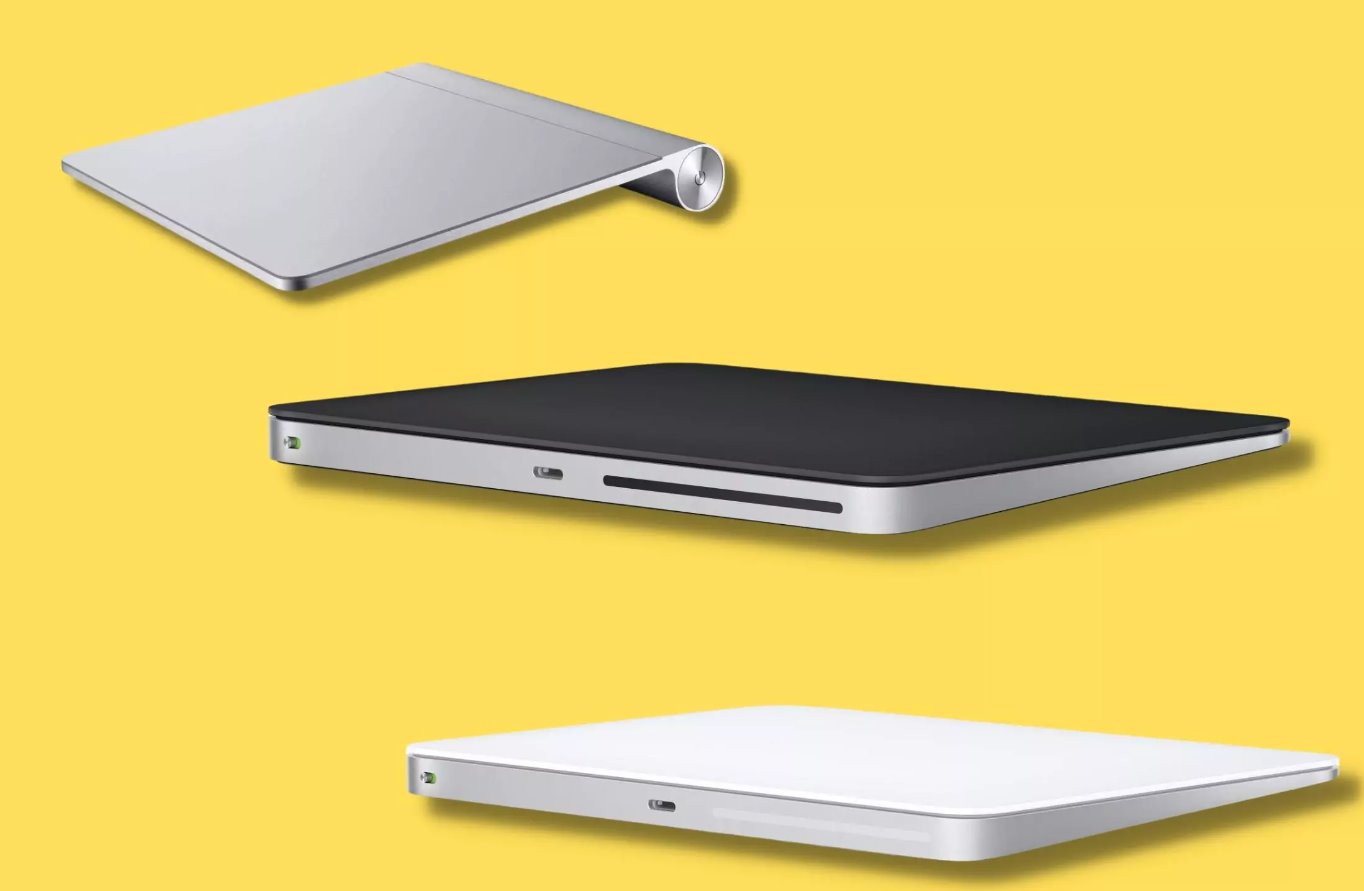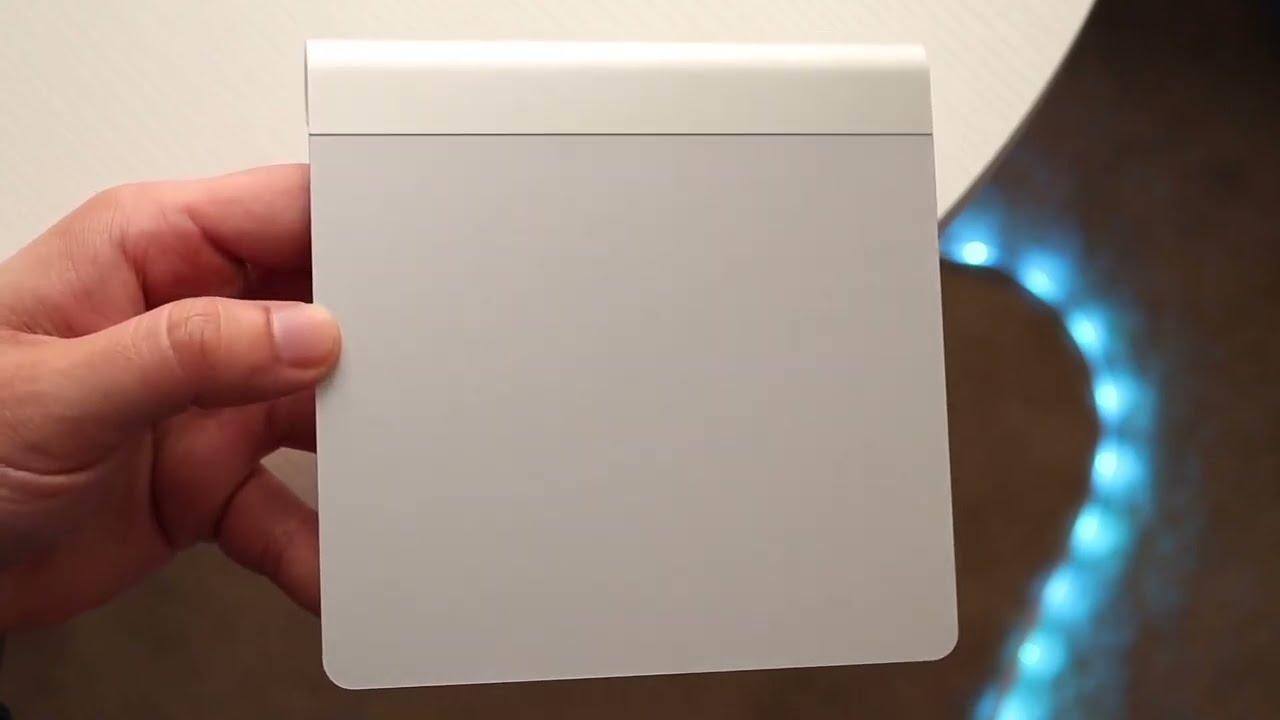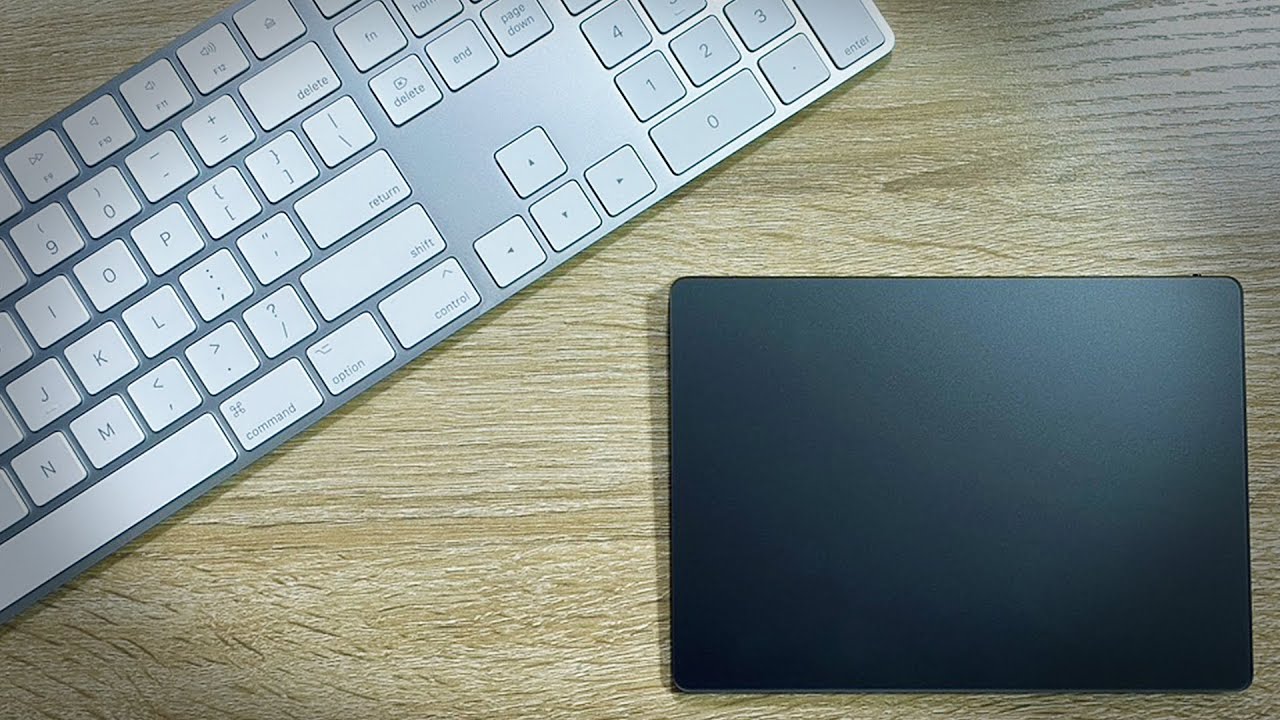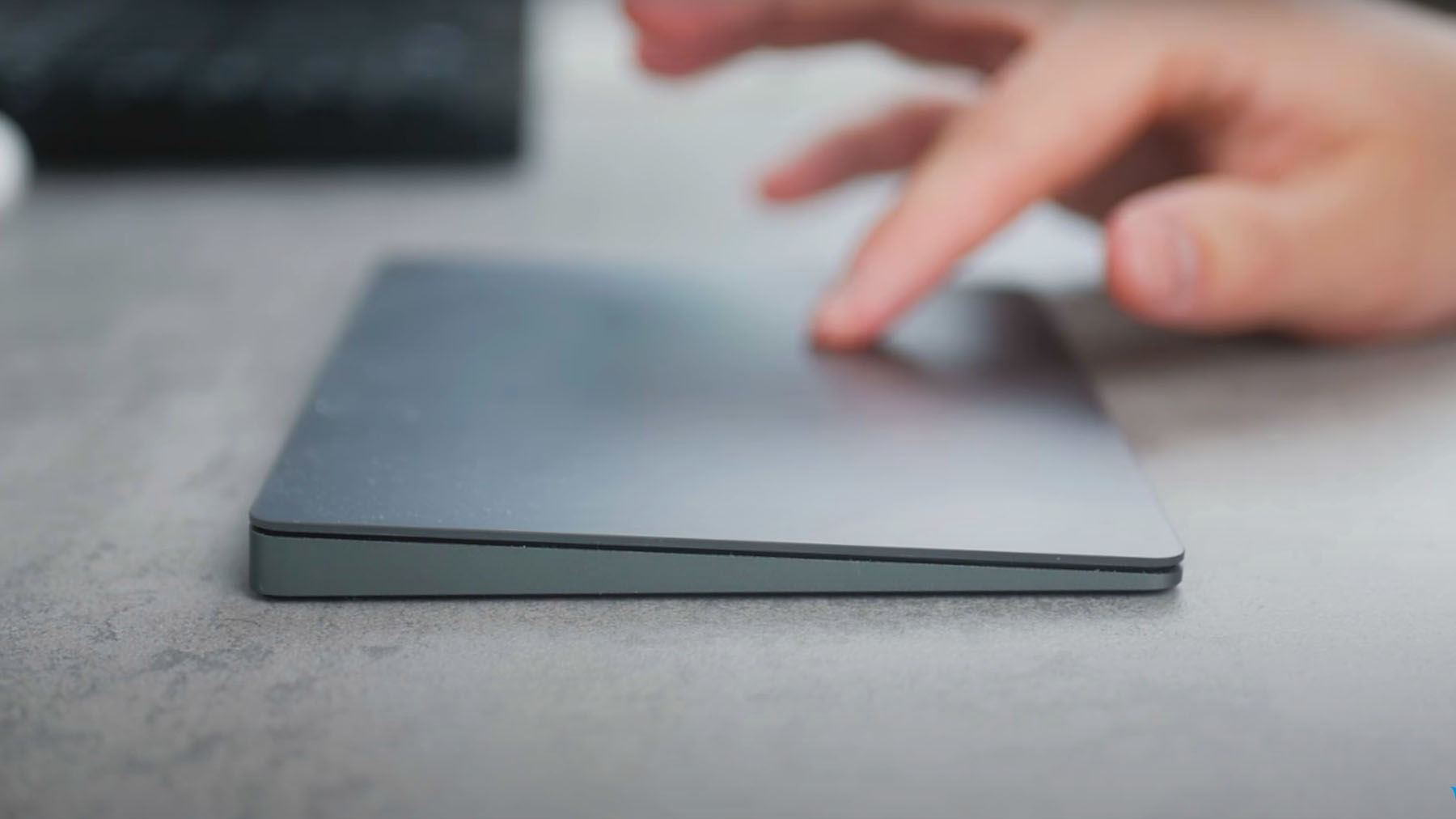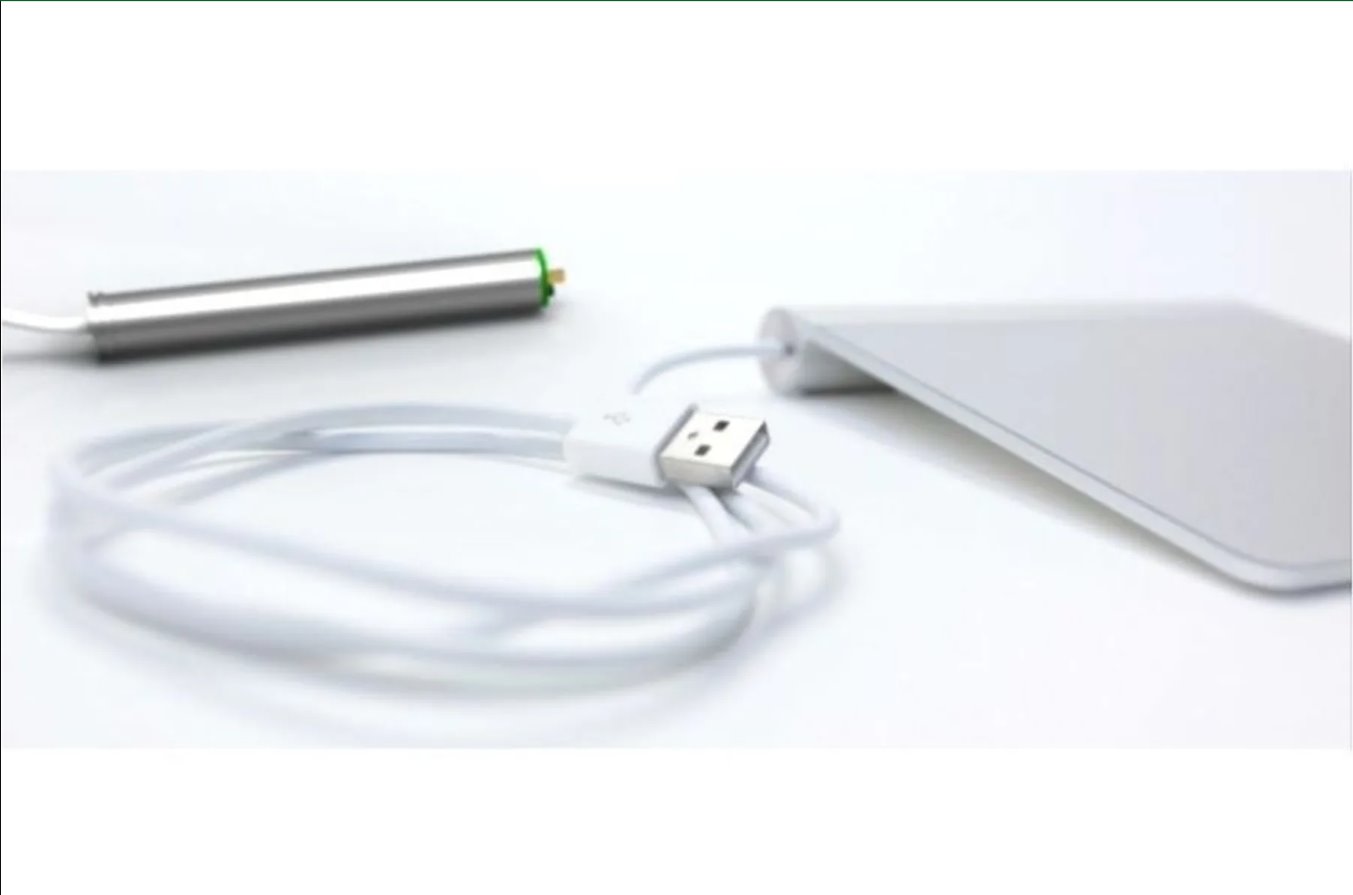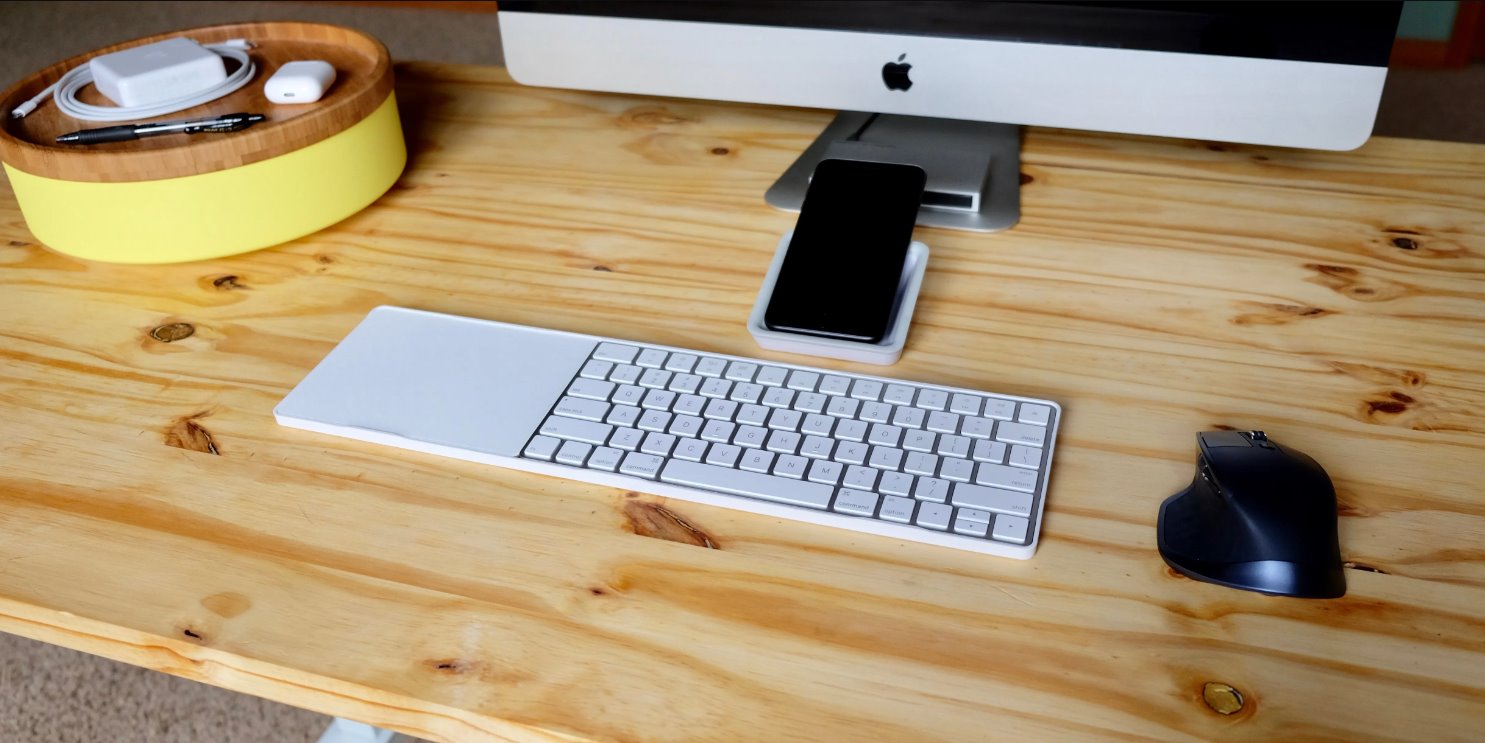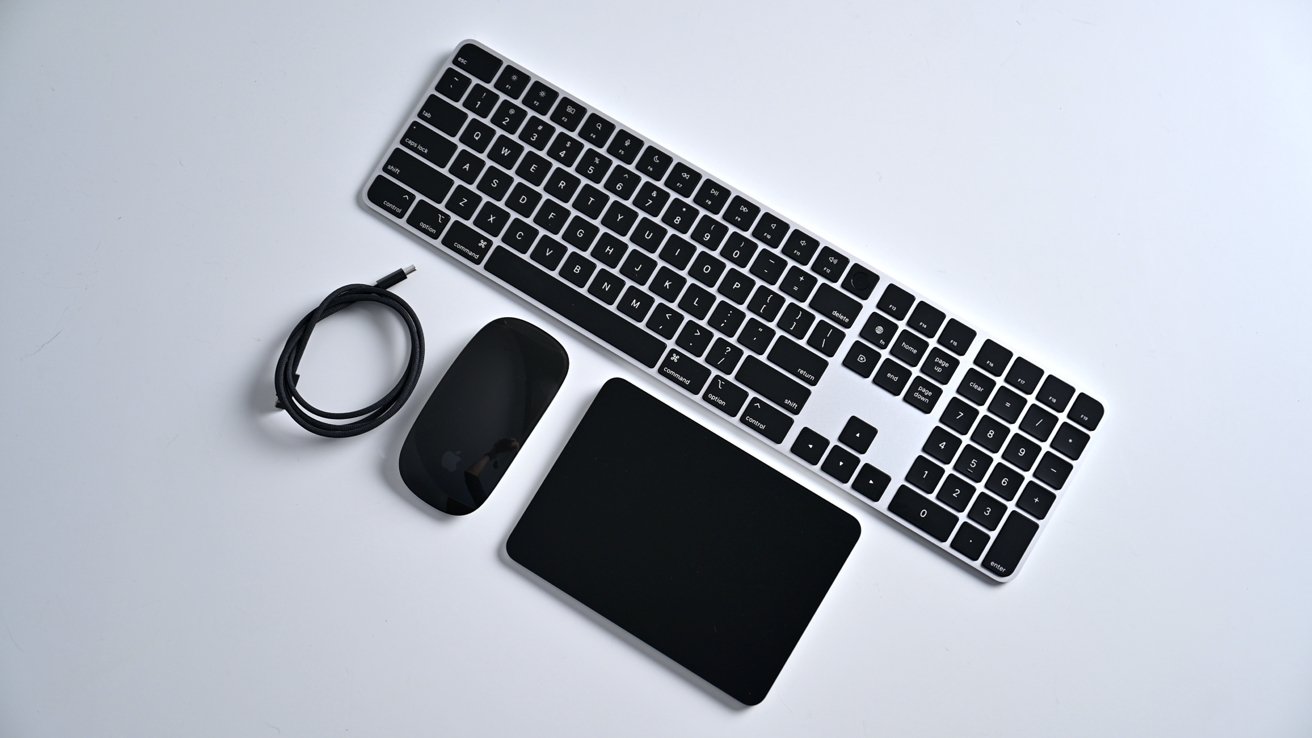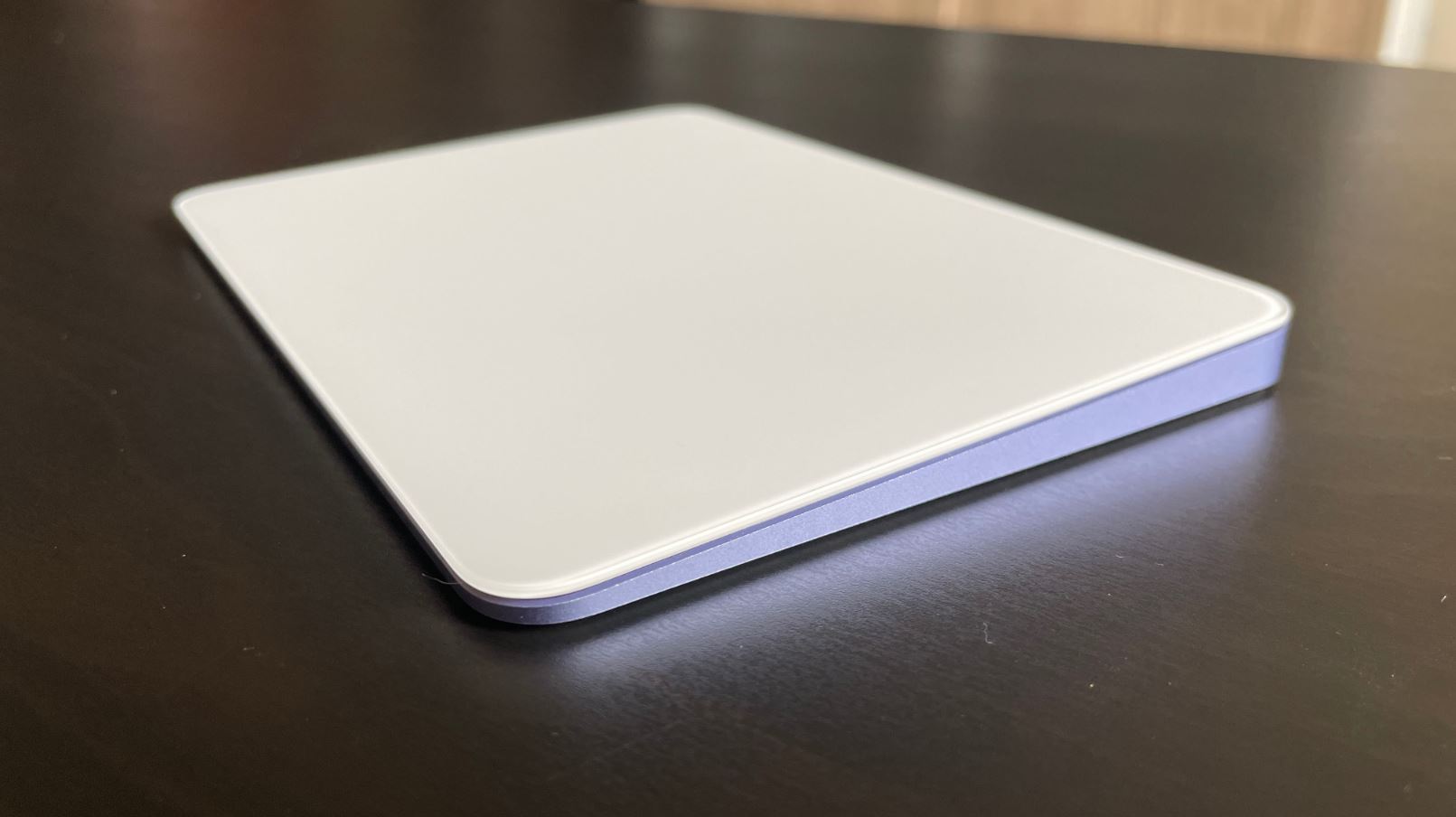Introduction
The Apple Magic Trackpad is a versatile and intuitive device that enhances the way you interact with your Mac computer. Designed to mimic the touch experience of a touchscreen, the Magic Trackpad offers a seamless and precise way to navigate, scroll, and perform various tasks on your Mac.
Whether you’re a professional designer, a casual user, or anything in between, the Magic Trackpad can significantly improve your productivity and user experience. It allows for easy and effortless navigation, making it a preferred choice for many Mac users.
In this article, we will guide you through the process of setting up your Apple Magic Trackpad, familiarize you with its various functionalities and gestures, teach you how to customize its settings according to your preferences, and address common issues that you may encounter along the way.
Before we dive into the details, let’s take a moment to acknowledge the sleek and ergonomic design of the Magic Trackpad. With its smooth glass surface and slim profile, it seamlessly blends with your Mac setup, providing a sophisticated and modern look.
So, whether you’ve just purchased a Magic Trackpad or you’re simply looking to make the most of the one you already own, this guide is here to help you harness the full potential of this incredible device. Let’s get started!
Setting up the Apple Magic Trackpad
Setting up your Apple Magic Trackpad is a straightforward process that will have you up and running in no time. Whether you’re using a desktop Mac or a MacBook, follow these simple steps:
- Ensure that your Mac is turned on and running the latest version of macOS. The Magic Trackpad is compatible with macOS X 10.6.4 and later versions.
- Insert the included AA batteries into the battery compartment of the Magic Trackpad. Make sure to align the positive and negative ends of the batteries correctly.
- Now, navigate to the Apple menu () in the top-left corner of your screen and choose “System Preferences.”
- In the System Preferences window, click on “Bluetooth.”
- Ensure that Bluetooth is turned on by checking the box next to “On.”
- Press and hold the power button on the Magic Trackpad until the status light begins to blink, indicating that it is in pairing mode.
- On your Mac, in the Bluetooth preferences window, locate the Magic Trackpad in the list of available devices and click on it to initiate the pairing process.
- Follow the on-screen instructions to complete the pairing process. Once paired, the status light on the Magic Trackpad will stop blinking and remain solidly lit.
- Congratulations! Your Apple Magic Trackpad is now successfully paired and ready to use.
It’s worth noting that if you’re using a MacBook, you can also connect your Magic Trackpad via a USB cable for a more stable connection. To do this, simply plug one end of the cable into the Trackpad and the other end into a USB port on your MacBook. This is especially useful if you’re working in a fixed location or if you prefer a wired connection.
Remember that the Magic Trackpad requires a compatible Mac and a supported version of macOS to function optimally. If you’re unsure about your Mac’s compatibility, refer to the Apple Support website for more information.
In the next section, we will explore the various ways you can navigate and interact with your Mac using the Magic Trackpad.
Navigating with the Trackpad
The Apple Magic Trackpad allows for effortless and precise navigation on your Mac. With its multi-touch capabilities and gesture support, you can easily perform various tasks without the need for a traditional mouse. Here’s a breakdown of some essential trackpad gestures and navigation techniques:
1. Cursor movement: To move the cursor on the screen, place two fingers on the trackpad and move them in the desired direction. The cursor will follow the movement of your fingers.
2. Clicking: Instead of physical buttons, the Magic Trackpad uses a ‘force click’ feature. Press down firmly on the trackpad with one finger to simulate a left-click. To perform a right-click, simply use two fingers and click anywhere on the trackpad.
3. Scrolling: To scroll up or down, swipe two fingers up or down the trackpad. This gesture allows you to effortlessly navigate through documents, web pages, and lists.
4. Zooming: Want to zoom in on an image or a web page? Spread two fingers apart on the trackpad to zoom in. To zoom out, pinch your fingers together on the trackpad. This gesture is particularly useful when viewing intricate details or small text.
5. Mission Control: Mission Control is a powerful feature that allows you to view all open applications, windows, and spaces on your Mac. To activate Mission Control, swipe up with three fingers on the trackpad. From there, you can easily switch between applications or arrange your windows as per your preference.
6. Launchpad: Launchpad provides a quick and easy way to access all your installed applications. To open Launchpad, simply use a pinching gesture with your thumb and three fingers on the trackpad. You can then click on any application to launch it.
7. Gestures for navigating web pages: When browsing the web, you can use various gestures to navigate through pages. For example, swipe two fingers to the left or right to go back or forward in your browsing history. Additionally, a three-finger swipe to the left or right allows you to switch between open tabs in your web browser.
These are just a few examples of the multitude of gestures you can perform with the Apple Magic Trackpad. Exploring and experimenting with different gestures will help you optimize your workflow and make navigation on your Mac a breeze.
Next, let’s delve into the customization options that the Magic Trackpad offers.
Customizing Trackpad Settings
One of the great advantages of the Apple Magic Trackpad is the ability to customize its settings according to your personal preferences. By accessing the Trackpad settings, you can fine-tune its behavior, responsiveness, and functionality. Here are the steps to customize your Magic Trackpad settings:
- Click on the Apple menu () in the top-left corner of the screen and choose “System Preferences.”
- In the System Preferences window, click on “Trackpad.”
- You will be presented with various customization options divided into different tabs, such as “Point & Click,” “Scroll & Zoom,” “More Gestures,” and “Accessibility.”
- In the “Point & Click” tab, you can adjust settings related to clicking, tapping, and dragging. For example, you can customize the force required for a “force click” or enable the “Tap to click” feature.
- The “Scroll & Zoom” tab allows you to control the scroll direction, adjust the speed of scrolling, and enable zooming behaviors.
- In the “More Gestures” tab, you can enable or disable various trackpad gestures, such as swiping between pages, accessing Mission Control, and launching Launchpad. You can also customize three and four-finger gestures.
- The “Accessibility” tab provides options for users with specific accessibility needs, such as enabling features like “AssistiveTouch” or adjusting the cursor size and color.
- As you make changes in the settings, the trackpad demonstration window will give you a visual representation of the new behavior.
- Experiment with different settings and gestures until you find the configuration that suits your preferences and workflow.
Customizing your Magic Trackpad settings allows you to tailor its functionality to your specific needs. Whether you prefer a more sensitive trackpad, different gestures, or accessibility features, the customization options empower you to create a personalized experience.
Now that you’re familiar with the customization options, let’s move on to exploring the wide range of gestures that the Magic Trackpad supports.
Using Trackpad Gestures
The Apple Magic Trackpad offers an extensive range of gestures that can greatly enhance your productivity and streamline your workflow. Familiarizing yourself with these gestures will allow you to navigate and interact with your Mac more efficiently. Here are some of the most commonly used trackpad gestures:
1. Two-Finger Scroll: As mentioned earlier, scrolling is a fundamental gesture. Simply swipe two fingers up or down the trackpad to scroll through documents, web pages, or lists. It provides a smooth and intuitive scrolling experience.
2. Three-Finger Swipe: This gesture enables you to navigate between different applications or spaces on your Mac. Swipe three fingers left or right on the trackpad to switch between full-screen apps or open spaces. It’s a quick and convenient way to multitask efficiently.
3. Four-Finger Swipe: This gesture is ideal for managing your open applications and accessing different views of your Mac. Swiping four fingers up on the trackpad activates Mission Control, where you can see all open windows and spaces. Swiping four fingers left or right allows you to switch between applications or desktop spaces.
4. Pinch to Zoom: Pinch to Zoom allows you to zoom in or out on images, documents, web pages, and more. Simply place two fingers on the trackpad and pinch them together to zoom out or spread them apart to zoom in. This gesture is particularly useful when working with detailed graphics or reading small text.
5. Tap to Click: The Magic Trackpad supports tap gestures for clicking, just like a touchscreen. Instead of physically pressing down on the trackpad, you can enable the Tap to Click feature in the trackpad settings. This allows you to click by lightly tapping your finger on the trackpad surface, eliminating the need for physical pressure.
6. Rotate: If you’re working with images, you can use the Rotate gesture to conveniently rotate them. Simply place two fingers on the trackpad and rotate them in a circular motion to rotate the image. It’s an intuitive and natural way to adjust the orientation of pictures or graphics.
7. Swipe Between Pages: When browsing the web or reading documents, you can use a two-finger swipe to the left or right to navigate between pages. It provides a quick and fluid way to move through content without the need for scrolling.
These are just a few examples of the many gestures supported by the Apple Magic Trackpad. As you become more comfortable with using the trackpad, explore the trackpad settings for additional gestures and customization options to further enhance your Mac experience.
In the next section, we will address some common issues you may encounter while using the Magic Trackpad and provide troubleshooting tips.
Troubleshooting Common Issues
While the Apple Magic Trackpad is a reliable and user-friendly device, you may encounter certain issues or glitches during your usage. Here are some common problems and troubleshooting tips to help you resolve them:
1. Trackpad not responding: If your Magic Trackpad is unresponsive or not working properly, start by checking the battery level. Ensure that the batteries are properly inserted and have sufficient charge. If the issue persists, try turning off Bluetooth on your Mac, then turning it back on to re-establish the connection. If all else fails, restart your Mac and see if that resolves the problem.
2. Erratic cursor movement: If the cursor on your screen is moving unpredictably or jumping around, clean the surface of the Magic Trackpad. Dust, dirt, or debris on the trackpad can interfere with its functionality. Use a soft, lint-free cloth to gently clean the trackpad. Additionally, check the sensitivity settings in the trackpad preferences and adjust them if necessary.
3. Gestures not working: If certain trackpad gestures are not functioning as expected, ensure that you have enabled the correct settings in the trackpad preferences. Some gestures may be turned off by default, so review your settings and toggle them on if needed. It’s also a good idea to restart your Mac and try the gestures again.
4. Bluetooth connectivity issues: If you’re experiencing frequent disconnects or connectivity problems with your Magic Trackpad, ensure that it is in close proximity to your Mac to maintain a stable Bluetooth connection. Additionally, make sure that no other devices or physical obstructions are interfering with the Bluetooth signal. If the issues persist, try resetting the Bluetooth module on your Mac by going to the Bluetooth preferences and clicking on the “Reset Bluetooth” button.
5. Inconsistent force click: If the force click feature of your Magic Trackpad is not working consistently or feels too sensitive, adjust the force click settings in the trackpad preferences. You can customize the sensitivity to your liking by sliding the force click slider left or right. This allows you to determine the amount of pressure required for a force click action.
6. Trackpad not recognized: If your Mac does not recognize your Magic Trackpad, ensure that it is properly paired and connected via Bluetooth. If the issue persists, try unpairing the trackpad, restarting your Mac, and then re-pairing the device. It’s also worth checking for any available software updates for both your Mac and the trackpad.
If none of the troubleshooting tips mentioned above resolve your issue, it is recommended to consult official Apple support channels or reach out to the customer service for further assistance.
Now that we’ve covered some common troubleshooting scenarios, let’s summarize our discussion in the concluding section.
Conclusion
The Apple Magic Trackpad is a versatile and intuitive device that revolutionizes the way you interact with your Mac computer. With its precise gesture control and customizable settings, it offers a seamless and efficient navigation experience.
In this article, we walked you through the process of setting up your Magic Trackpad and provided guidance on navigating with trackpad gestures. We also explored the customization options available, allowing you to personalize the trackpad’s behavior according to your preferences.
Furthermore, we discussed common troubleshooting tips to resolve any issues you may encounter while using the Magic Trackpad, ensuring a smooth and seamless experience.
By harnessing the power of the Magic Trackpad, you can enhance your productivity, streamline your workflow, and enjoy a more intuitive and efficient interaction with your Mac.
So, whether you’re a creative professional, a student, or a casual user, the Apple Magic Trackpad is a worthwhile investment that can elevate your computing experience to new heights. Embrace the capabilities of the Magic Trackpad, explore its numerous gestures, and unlock the full potential of your Mac.
Now it’s time to start exploring and mastering the magic of the Apple Magic Trackpad. Happy navigating!









